Snoring is caused by an obstruction of the airway and essential oils can actually decrease inflammation that may be causing the obstruction. While you sleep and your tongue relaxes in your mouth, the airway can become blocked and limit the flow of oxygen. When this occurs, your tissues in your mouth start to vibrate with the passing of oxygen and thus producing the annoying sound of snoring. Essential oils and blends clear the nasal and throat passages to prevent snoring. The use of oils to treat snoring is effective and all natural.

Essential Oils – A Natural Snoring Treatment
Essential oils used for snoring are extracted from many different parts of various plants. Some plants produce more oils in their roots, and others in their leaves or blossoms. The essential oils used to treat snoring, which include lavender, marjoram, peppermint and nearly a dozen more, can all physically treat inflammation in the nose and throat, but also provide an emotionally calming quality throughout your night’s sleep.
Essential Oils that specifically Stop Snoring
Thyme Essential Oil to Stop Snoring
Thyme is a natural treatment for respiratory ailments – it helps clear the airways and strengthens the immune system. Thyme can be a harsh irritant on the skin in its natural form, so it’s common to mix Thyme oil with another oil, commonly referred to as a carrier oil, so it’s less harsh. A few carrier oils are jojoba oil, olive oil, and coconut oil. If you mix a few drops of Thyme oil with a carrier oil and then apply it on your feet near the base of the toes, this will trigger the reflexology and target snoring.
Marjoram Essential Oil to Stop Snoring
Marjoram oil for snoring is also quite effective. Like many of the other oils I have mentioned, marjoram is also another anti-inflammatory. It’s commonly used to treat sinusitis, cold and congestion, and even bronchitis. Marjoram oil opens up the airways so it’s easy to breathe and diminish snoring. Marjoram oil can be mixed with other oils and steamed. Note that it’s best for pregnant women to stay away from this oil until after delivery.
Valor Essential Oil Blend to Stop Snoring
Valor essential oil blend is actually a combination of oils – typically rosewood, frankincense, spruce, and blue tansy. The valor blend is effective in treating snoring by rubbing the oil on the bottom of the foot or diffusing it. You can use the valor blend with carrier oils like olive oil or coconut oil as well.
Lavender Essential Oil
Lavender oil has a wonderful aroma and is often used to treat snoring due to its relaxing qualities. It’s usually combined with marjoram oil and topically applied to your feet. Don’t forget to massage in between your toes and on the top of your foot where your toes meet. Diffusing lavender oil is also quite popular. Set up your diffuser in

your bedroom 30 minutes before bed, or steam a hot bath with a few drops of lavender. This oil will relax you, open up your airways, and prevent you from snoring.
Peppermint Essential Oil
Peppermint oil is found in the peppermint plant and is a combination of water mint and spearmint. Peppermint is more commonly used to treat irritable bowel syndrome and upset stomachs. However, peppermint oil is found in many over the counter products that treat the common cold, sinus congestion, and sore throats. Since we already know that one cause of snoring is due to congestion or inflammation of the tissues in the throat, it is becoming a popular essential oil to treat snoring.
The two most common ways to use peppermint oil for snoring are to apply it topically and to steam it. To use it topically, rub a few drops of the oil directly under your nose and on either side of your nose. It can also be steamed by adding a few drops to a hot bath or a sink full of hot water. Inhaling the steam will reduce any swelling in your nose and throat and should clear your airways.
Some people gargle with peppermint oil and water, however, I would not recommend this, as you should not ingest the oil in its natural form.
Eucalyptus Essential Oil to Stop Snoring
Eucalyptus oil is a natural decongestant and anti-inflammatory. It is used in a variety of products including inhalers, creams, mouthwashes, and rubs. Eucalyptus oil is a natural respiratory treatment if you suffer from allergies, severe sinus infections, congestion, or asthma. It is often used in aromatherapy or steamed so the eucalyptus can clear your sinuses and airway. One reason why you snore is due to congestion in the nose and throat. If you experience sinus congestion or blockage, chances are you also snore through the night. You may want to consider adding Eucalyptus oil to your water during a bath or diffusing it in your bedroom during the evening. You can place a few drops of the oil under your nose before bed, or add it to a skin cream and apply before bed. Eucalyptus is a great oil to blend and it works well with marjoram, thyme, and rosemary oils. You can mix a few drops of each together along with lavender oil and mix in a spray bottle. The blend is great when diffused and is sure to calm your sinuses and decrease your snoring.
Tea Tree Oil
Tea tree oil is used to reduce inflammation and is commonly an herbal remedy for a sore, irritated throat. This is one reason why it’s used for snoring – if you happen to carry extra weight, particularly around your neck, the use of tea tree oil can decrease any inflammation in your throat that may be due to carrying excess weight. You should never ingest tea tree oil – it should not be swallowed – it’s safest to apply it topically or breathe in the steam.
How to Use Essential Oils to Treat Snoring
The four most common ways to use essential oils for snoring is to apply them topically, diffuse them, steam them and breathe the vapor, or gargle with them.
Gargle
Some essential oils are harmful to ingest, so may people gargle with a few drops of the oils and water in order to get the benefits of the oil without swallowing it. A good combination to gargle and target snoring is a mix of thyme, lavender, lemon, and peppermint. Combine these oils with water, gargle for 10 seconds, and rinse out your mouth.
Diffuse
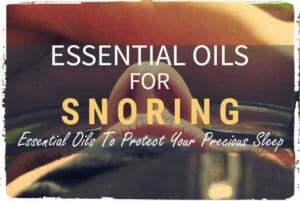
Diffusing is very popular these days and is probably the most effective way to seep out all of the benefits of each oil. You can purchase an electric diffuser, or simply place the oil in a glass apothecary vase with some diffusing sticks.
Topically Apply
It’s also common to treat snoring with essential oils by applying the oils topically on the skin. Depending on the oil, you can put the drops directly under your nose, on your nostril, or on your feet. You can also mix several oils together and create your own topical cocktail.
Steam
Another great way to stop snoring is to steam the essential oils. This is similar to diffusing them, except the oils are steamed in a hot bath or sink full of hot water. You then inhale the steam in order to feel the healing effects of the oils.
Not into the Oils and Need another Snoring Solution?
Some essential oils can cause severe allergic reactions – make sure you are aware of any allergies to oils before using these remedies as a treatment for snoring. Essential oils can be expensive and may not be the best fit for everyone. If you find that you have oil allergies or are pregnant, a great alternative solution to stop snoring is a snoring mouthpiece. My list of recommended mouthpieces is here.
If you intend to treat your snoring with essential oils, give several of the oils a try before committing to them all. Essential oils can be a bit pricey, even for just a few ounces. You may want to try out a sampler of the oils and use them topically or in a basic diffuser to start. Whichever route you go, I wish you a peaceful night’s sleep that is snore-free.
Share This Post:
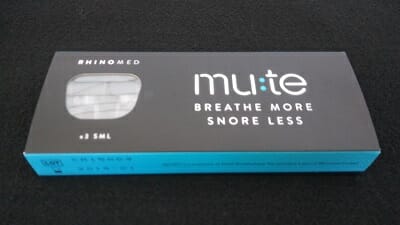
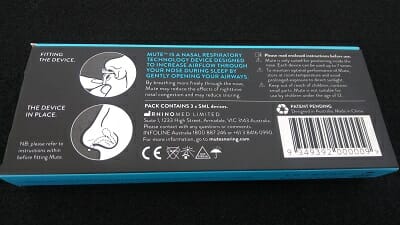
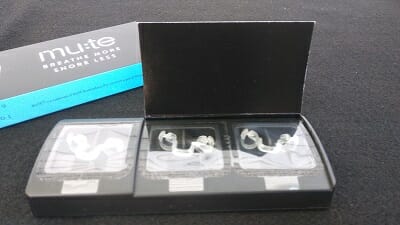
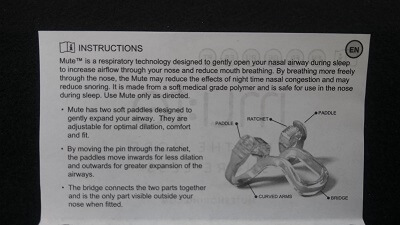
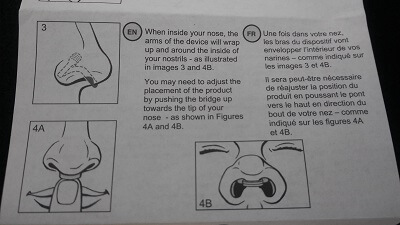
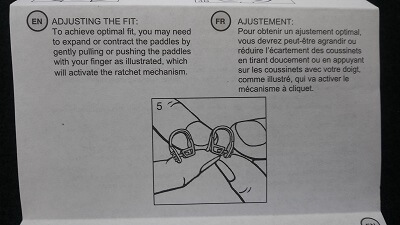
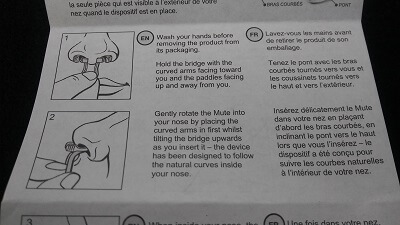
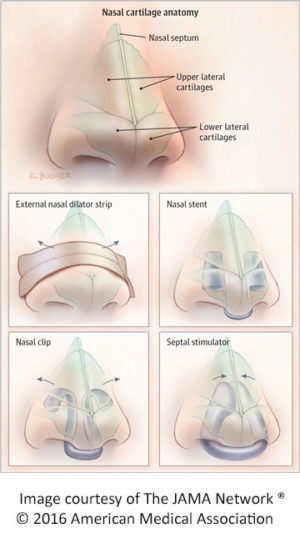 Mute is a great anti-snoring option for those affected by a deviated septum.
Mute is a great anti-snoring option for those affected by a deviated septum.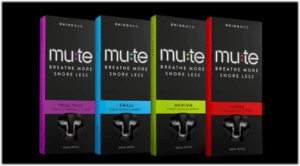
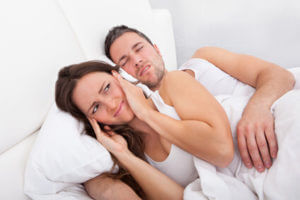
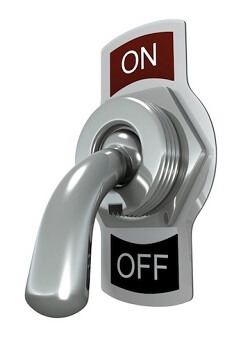 Hey guys, today I’m going to talk about a topic that most men avoid and that’s erectile dysfunction, and more specifically snoring, as it relates to erectile dysfunction (ED). If you have noticed that snoring is keeping your wife up while your external organ remains down, you might want to listen up as I have some important information that will have you back between the sheets.
Hey guys, today I’m going to talk about a topic that most men avoid and that’s erectile dysfunction, and more specifically snoring, as it relates to erectile dysfunction (ED). If you have noticed that snoring is keeping your wife up while your external organ remains down, you might want to listen up as I have some important information that will have you back between the sheets.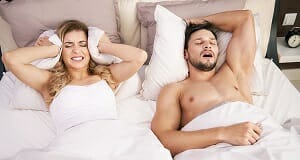 Snoring is often associated with sleep apnea, a condition in which the airway becomes restricted during sleep and the person experiences momentary pauses in breathing. Such pauses in breathing can wreak havoc on your body and cardiovascular system causing high blood pressure, heart disease, daytime tiredness, type 2 diabetes, and several other potentially dangerous health conditions.
Snoring is often associated with sleep apnea, a condition in which the airway becomes restricted during sleep and the person experiences momentary pauses in breathing. Such pauses in breathing can wreak havoc on your body and cardiovascular system causing high blood pressure, heart disease, daytime tiredness, type 2 diabetes, and several other potentially dangerous health conditions.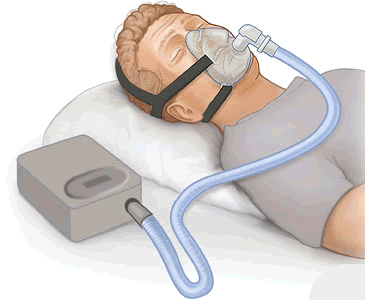 If you snore loudly, often gasp for air at night or constantly wake up tired in the morning, you may want to consider asking your doctor if sleep apnea is a possibility. OSA is a very common problem, especially in the United States. It affects an estimated 22 million people. Unfortunately, the majority of cases are not diagnosed. Your doctor may ask you to visit a sleep clinic where a sleep technician will perform a polysomnography, also known as a sleep study, which will determine whether or not OSA is present. If OSA is detected, there are several treatment options that your doctor may suggest which should get you back to a restful night of sleep.
If you snore loudly, often gasp for air at night or constantly wake up tired in the morning, you may want to consider asking your doctor if sleep apnea is a possibility. OSA is a very common problem, especially in the United States. It affects an estimated 22 million people. Unfortunately, the majority of cases are not diagnosed. Your doctor may ask you to visit a sleep clinic where a sleep technician will perform a polysomnography, also known as a sleep study, which will determine whether or not OSA is present. If OSA is detected, there are several treatment options that your doctor may suggest which should get you back to a restful night of sleep.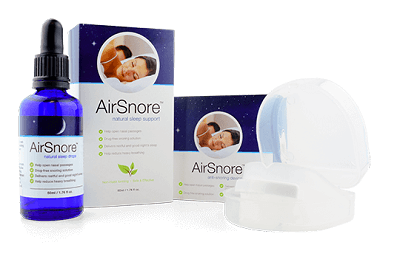
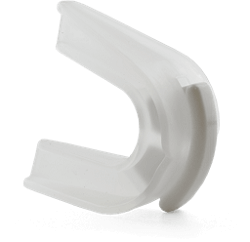
 Technically speaking, AirSnore is considered a medical device. Because of this, one consideration may be whether or not the device itself is cleared by the Food and Drug Administration (FDA). In the US, the FDA is responsible for ensuring the safety of their citizens.
Technically speaking, AirSnore is considered a medical device. Because of this, one consideration may be whether or not the device itself is cleared by the Food and Drug Administration (FDA). In the US, the FDA is responsible for ensuring the safety of their citizens.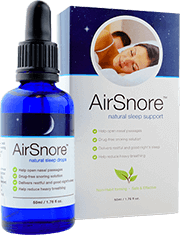 In addition to the mouthpiece, AirSnore also offers drops which are essentially a blend of essential oils. The claim is that this exotic blend of essential oils are beneficial to those with a cough or cold and will help you sleep better.
In addition to the mouthpiece, AirSnore also offers drops which are essentially a blend of essential oils. The claim is that this exotic blend of essential oils are beneficial to those with a cough or cold and will help you sleep better. Before taking a chance and dropping $50-$90 on another snoring solution, you are probably wondering “What if this doesn’t work for me?”. This is a common concern and one that is often addressed by most sellers in the industry with a money back guarantee. Most manufacturers who sell snoring mouthpieces offer some sort of guarantee and AirSnore is not an exception.
Before taking a chance and dropping $50-$90 on another snoring solution, you are probably wondering “What if this doesn’t work for me?”. This is a common concern and one that is often addressed by most sellers in the industry with a money back guarantee. Most manufacturers who sell snoring mouthpieces offer some sort of guarantee and AirSnore is not an exception. At first glance, I wasn’t clear on what exactly this product was. I’ve reviewed over two dozen snoring mouthpieces in the past, but never encountered one that is offered with “drops”. The drops were somewhat of a mystery and my initial thoughts were that you place the drops on the mouthpiece before inserting into your mouth, which by the way you should not do. After reading up, I realized that the drops were simply an essential oil blend which is applied externally to the skin. As you may be aware, essential oils have been very popular in the past four years and are used to treat a number of ailments. Knowing this, I’m open to the idea of giving essential oils a try.
At first glance, I wasn’t clear on what exactly this product was. I’ve reviewed over two dozen snoring mouthpieces in the past, but never encountered one that is offered with “drops”. The drops were somewhat of a mystery and my initial thoughts were that you place the drops on the mouthpiece before inserting into your mouth, which by the way you should not do. After reading up, I realized that the drops were simply an essential oil blend which is applied externally to the skin. As you may be aware, essential oils have been very popular in the past four years and are used to treat a number of ailments. Knowing this, I’m open to the idea of giving essential oils a try. While I found that the essential oils may be better suited for someone with congestion issues or one who needs help falling asleep, the AirSnore mouthpiece was certainly effective against snoring.
While I found that the essential oils may be better suited for someone with congestion issues or one who needs help falling asleep, the AirSnore mouthpiece was certainly effective against snoring.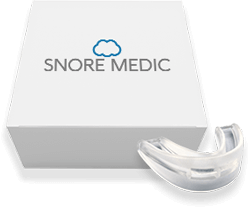
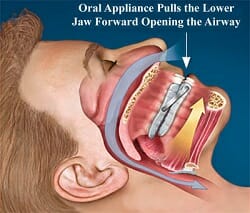 Snore Medic states that during sleep, the muscles of the
Snore Medic states that during sleep, the muscles of the  If you are not familiar with snoring mouthguards, you may be a bit skeptical and wonder whether or not such a product will be a good fit for your snoring.
If you are not familiar with snoring mouthguards, you may be a bit skeptical and wonder whether or not such a product will be a good fit for your snoring. Cost is a consideration for most people. The sales page on the Snore Medic website doesn’t show exactly how much their mouth guard costs. In order to determine this, you must first add their product to your shopping cart and then check out.
Cost is a consideration for most people. The sales page on the Snore Medic website doesn’t show exactly how much their mouth guard costs. In order to determine this, you must first add their product to your shopping cart and then check out. In the United States, the FDA regulates the sale of anti-snoring devices such as the Snore Medic. Before being sold, such products must first be cleared by the
In the United States, the FDA regulates the sale of anti-snoring devices such as the Snore Medic. Before being sold, such products must first be cleared by the 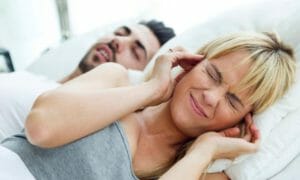
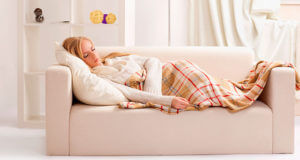 Marital Problems
Marital Problems Work Schedules
Work Schedules
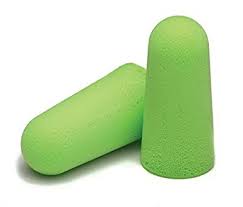
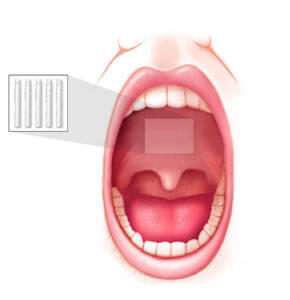
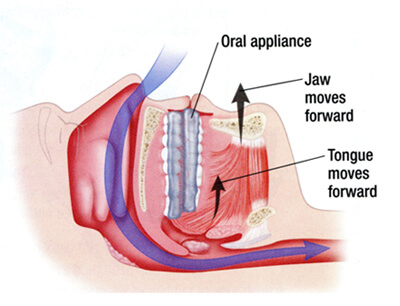
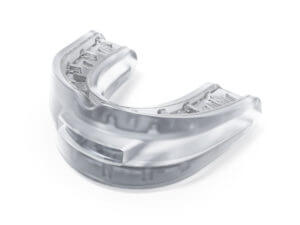

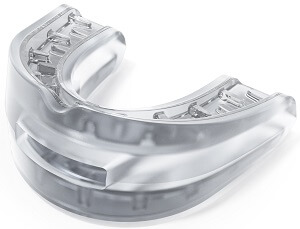
 Also consider sleeping on your side, which helps to keep the airway open and reduce snoring. By sleeping on your side, gravity helps to shift fat around the neck to the side and prevent it from pressing against the airway.
Also consider sleeping on your side, which helps to keep the airway open and reduce snoring. By sleeping on your side, gravity helps to shift fat around the neck to the side and prevent it from pressing against the airway.
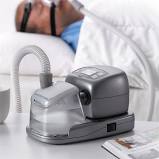 Without insurance or limited insurance with high copays, the cost of a new CPAP machine can be so prohibitive that some people will buy used ones. However, the problem with this solution is navigating through all the different websites and trying to find a CPAP which is safe and works right. There are companies which offer discounts on CPAP models which are older and not used, but there can be problems with this because parts and supplies may no longer be manufactured for the machines. If this important life-saving machine has limited, or no value, in either case, there is no deal at all.
Without insurance or limited insurance with high copays, the cost of a new CPAP machine can be so prohibitive that some people will buy used ones. However, the problem with this solution is navigating through all the different websites and trying to find a CPAP which is safe and works right. There are companies which offer discounts on CPAP models which are older and not used, but there can be problems with this because parts and supplies may no longer be manufactured for the machines. If this important life-saving machine has limited, or no value, in either case, there is no deal at all.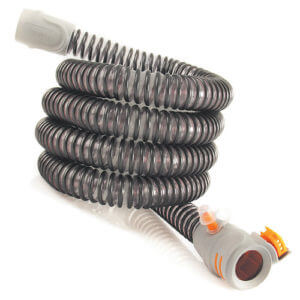


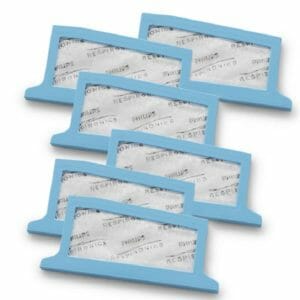
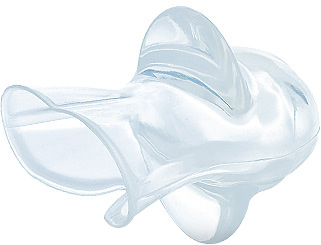
 In the evolution of TSD’s first, there was the aveoTSD then along came the Good Morning Snore Solution followed by the Pacifier and now we have the ZenGuard by ZenSleep.
In the evolution of TSD’s first, there was the aveoTSD then along came the Good Morning Snore Solution followed by the Pacifier and now we have the ZenGuard by ZenSleep.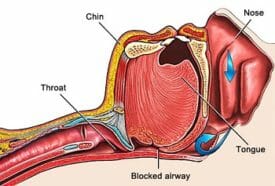
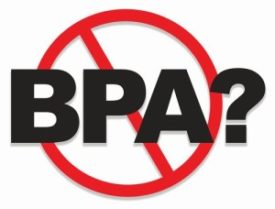 One important consideration to examine is the type of material a mouthpiece is made from. It’s important to understand what type of material you are putting into your mouth each night. Reputable manufacturers will construct their mouthguards from medical grade silicone, typically
One important consideration to examine is the type of material a mouthpiece is made from. It’s important to understand what type of material you are putting into your mouth each night. Reputable manufacturers will construct their mouthguards from medical grade silicone, typically  When deciding which snoring mouthpiece to choose, an important consideration for many is the price. The ZenGuard sells for $97.00 USD with free US Shipping.
When deciding which snoring mouthpiece to choose, an important consideration for many is the price. The ZenGuard sells for $97.00 USD with free US Shipping. How does the Zenguard Compare to other TSD’s? Over the years, I’ve tested three other TSD’s – aveoTSD, the Pacifier, and Good Morning Snore Solution. As for a comparison of these products to the ZenGuard, my observations are as follows:
How does the Zenguard Compare to other TSD’s? Over the years, I’ve tested three other TSD’s – aveoTSD, the Pacifier, and Good Morning Snore Solution. As for a comparison of these products to the ZenGuard, my observations are as follows: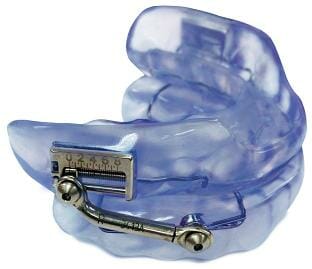
 Everyone’s mouth structure is different. Some people’s mouths are wide, some are narrow. The surface of each and every tooth is unique. Some have missing teeth while others have dental work such as crowns or bridges or even dentures. In other words, no two mouths are identical. When fitting an oral appliance, it’s very important that the device remains closed against the surface of each tooth, not only to increase the likelihood of the device being effective but also to provide the highest level of comfort possible. A properly fitted oral appliance such as the SomnoDent is very thin, yet durable and is more likely to be tolerated than one that has not been fitted properly . A poorly fitted mouthpiece will cause discomfort and is likely to be discontinued by the patient after only a few nights of use.
Everyone’s mouth structure is different. Some people’s mouths are wide, some are narrow. The surface of each and every tooth is unique. Some have missing teeth while others have dental work such as crowns or bridges or even dentures. In other words, no two mouths are identical. When fitting an oral appliance, it’s very important that the device remains closed against the surface of each tooth, not only to increase the likelihood of the device being effective but also to provide the highest level of comfort possible. A properly fitted oral appliance such as the SomnoDent is very thin, yet durable and is more likely to be tolerated than one that has not been fitted properly . A poorly fitted mouthpiece will cause discomfort and is likely to be discontinued by the patient after only a few nights of use.
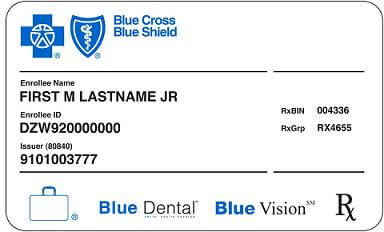 Quality mouthpieces fitted by an industry professional can be quite expensive for most people. If you have good insurance coverage, you can save a significant amount of money on your mouthpiece. Most insurance companies, both private and government, provide some type of coverage to cover some of the cost of a Mandibular Advancement Device. Depending on your insurance provider, you may still have to pay up to $1k or more out of pocket.
Quality mouthpieces fitted by an industry professional can be quite expensive for most people. If you have good insurance coverage, you can save a significant amount of money on your mouthpiece. Most insurance companies, both private and government, provide some type of coverage to cover some of the cost of a Mandibular Advancement Device. Depending on your insurance provider, you may still have to pay up to $1k or more out of pocket. There are currently over 320 million people residing in the United States and even with the recent health care reform act, 30 million Americans still do not have health insurance. That means that 10% of the population or 1 in 10 people do not carry insurance. The number of people without dental coverage is even higher. Some estimate that over 25% of the population carries no dental insurance.
There are currently over 320 million people residing in the United States and even with the recent health care reform act, 30 million Americans still do not have health insurance. That means that 10% of the population or 1 in 10 people do not carry insurance. The number of people without dental coverage is even higher. Some estimate that over 25% of the population carries no dental insurance. If you are considering a mouthpiece to treat your snoring but do not want to pay the full cost of pro-fitted mouthpiece without knowing if it will work for you, an OTC type product may be a great place to start.
If you are considering a mouthpiece to treat your snoring but do not want to pay the full cost of pro-fitted mouthpiece without knowing if it will work for you, an OTC type product may be a great place to start. So which one is a better choice? As with most things in life, when it comes to making a decision, it often comes down to money. Mouthpieces that can be purchased online are an affordable choice for those with a snoring problem that is not related to sleep apnea. Some of the newer models such as the “SleepTight” are close fitting and more comfortable than older mouthpieces that were sold 10 or even 20 years ago.
So which one is a better choice? As with most things in life, when it comes to making a decision, it often comes down to money. Mouthpieces that can be purchased online are an affordable choice for those with a snoring problem that is not related to sleep apnea. Some of the newer models such as the “SleepTight” are close fitting and more comfortable than older mouthpieces that were sold 10 or even 20 years ago.